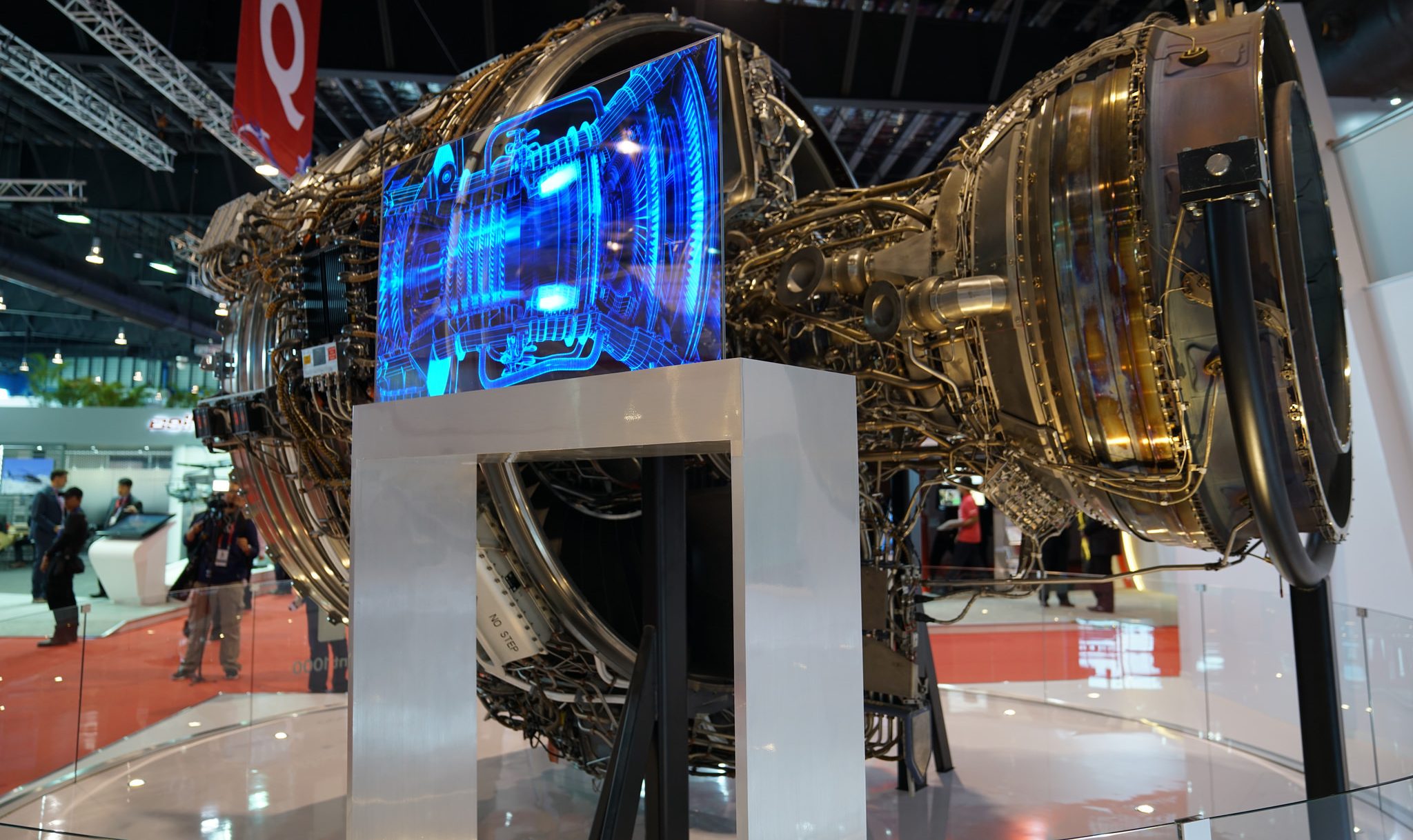In an update this morning, Rolls-Royce confirmed that it had found similar issues relating to the Intermediate Pressure Compressor in a population of Trent 1000 engines, known as Package C engines, in another variant, the Package B engines. In agreement with the regulatory authorities and Boeing, Rolls-Royce says that it will carry out a one-off inspection of its Trent 1000 Package B fleet, “to further inform our understanding”. The Package B standard has been in service since 2012 and consists of 166 engines. According to the Flight Fleet Analyzer database, there are 61 Package B type engines currently in service, with eight in storage.
These inspections will be supported by an EASA Airworthiness Directive that will be published shortly. The UK engine manufacturer has described the impact on customer operations as “limited” as the programme of one-off inspections will involve on-wing existing inspection techniques.
“We are committed to eliminating this Intermediate Pressure Compressor durability issue from the Trent 1000 fleet and we have already successfully run a redesigned Package C IPC in a development engine. As a precautionary measure we have also launched a redesign of the relevant part in the Package B engine as well as in the Trent 1000 TEN engine, where, although currently a young fleet, we have not seen any examples of reduced IPC durability,” Rolls-Royce confirmed in a statement today.
Chris Cholerton, Rolls-Royce, President – Civil Aerospace, assured customers that the manufacturer is “absolutely committed to eliminating this issue from the Trent 1000 fleet” and that the company is working closely with its customers to minimise any operational impact of these inspections.
Despite the additional costs of this latest discovery, Rolls-Royce has not changed its full year 2018 guidance for Group FCF of around £450m +/- £100m.
Also this weekend, a report in The Sunday Times quoted figures of expected job losses to be announced on Friday (June 15, 2018) of around 4,000 individuals, which will be sourced from the back-office and mid-level management jobs across the company as part of the broader restructuring program, which was initiated at the start of this year.
Rolls-Royce has not commented on the figures in the newspaper, which appear to be based on guesswork by analysts, but a spokesperson provided the following statement.
“In January, we announced a simplification of our business and began work on a restructuring of our support and management functions. We added at the time of our annual results in March that we would focus on operational restructuring of management, support and engineering and technology functions across the corporate centre and also in our three divisions (Civil Aerospace, Defence and Power Systems). We are proposing to move to a considerably simplified staff structure, with fewer layers and greater spans of control across the group. We said we had retained restructuring experts Alvarez & Marsal to support us with this programme. We added that we expected this programme to deliver a significant reduction in costs and assist us in improving performance across the Group as a whole, and that we would provide clarity of these benefits at an event for financial analysts and investors on 15 June. We are not commenting on current media speculation about the potential impact.”
In January, when Rolls-Royce announced a simplification of the business into three divisions, the company announced [insert link: https://www.rolls-royce.com/media/press-releases.aspx#17-01-2018-rr-announces-further-simplification-of-business] that it would next restructure its support and management functions. During its full year results announcement in March [https://www.rolls-royce.com/~/media/Files/R/Rolls-Royce/documents/investors/2017-full-year-results-pr.pdf] , the manufacturer announced details of the capital markets event planned for this Friday, where it said it would be “in a position to provide information on the expected nature, financial benefits and exceptional restructuring costs of the simplification and restructuring programme together with more detailed insights into our capital allocation strategy and longer-term KPIs for the business”.
Any job losses as a result of the restructuring are certain not to involve any front line engineers given that the company secured a deal last year with the unions in Derby, Hucknall and Annesley, to protect 7,000 front-line engineering jobs and lead to a further £150m investment in UK aerospace facilities.
The meeting on Friday, which will be live streamed, will be avidly watched by shareholders, the media and customers.
Meanwhile, as referred to during the previous Trent 1000 update in May, Rolls-Royce is continuing to expand its Trent engine service network.
Last week, (June 7) Rolls-Royce signed an agreement with Thai Airways International (THAI) to explore how the two companies will work together to expand the Trent CareNetwork by building on THAI’s existing Maintenance, Repair and Overhaul (MRO) capabilities.
Becoming an Authorised Maintenance Centre (AMC) for Rolls-Royce will enable THAI to support its growing fleet of Rolls-Royce engines while also generating additional capacity and flexibility within the Rolls-Royce CareNetwork. THAI operates around 80 widebody aircraft, of which more than 50 are powered by Rolls-Royce engines.
Speaking at an event in Bangkok to mark the agreement, Cholerton said that he expects the increased capacity to be available “as early as 2019”.
Usanee Sangsingkeo, Thai Airways International PCL, Acting President said: “This agreement builds on THAI’s existing MRO facilities to be able to repair new engine types that are currently used by commercial airlines today. THAI has the capability to expand its engine maintenance services for Rolls-Royce Trent engines, which will meet the needs of the regional market, making sufficient use of the maintenance facilities and further develop a joint business venture together. This collaboration will also increase revenue earned from third-party customers.”





